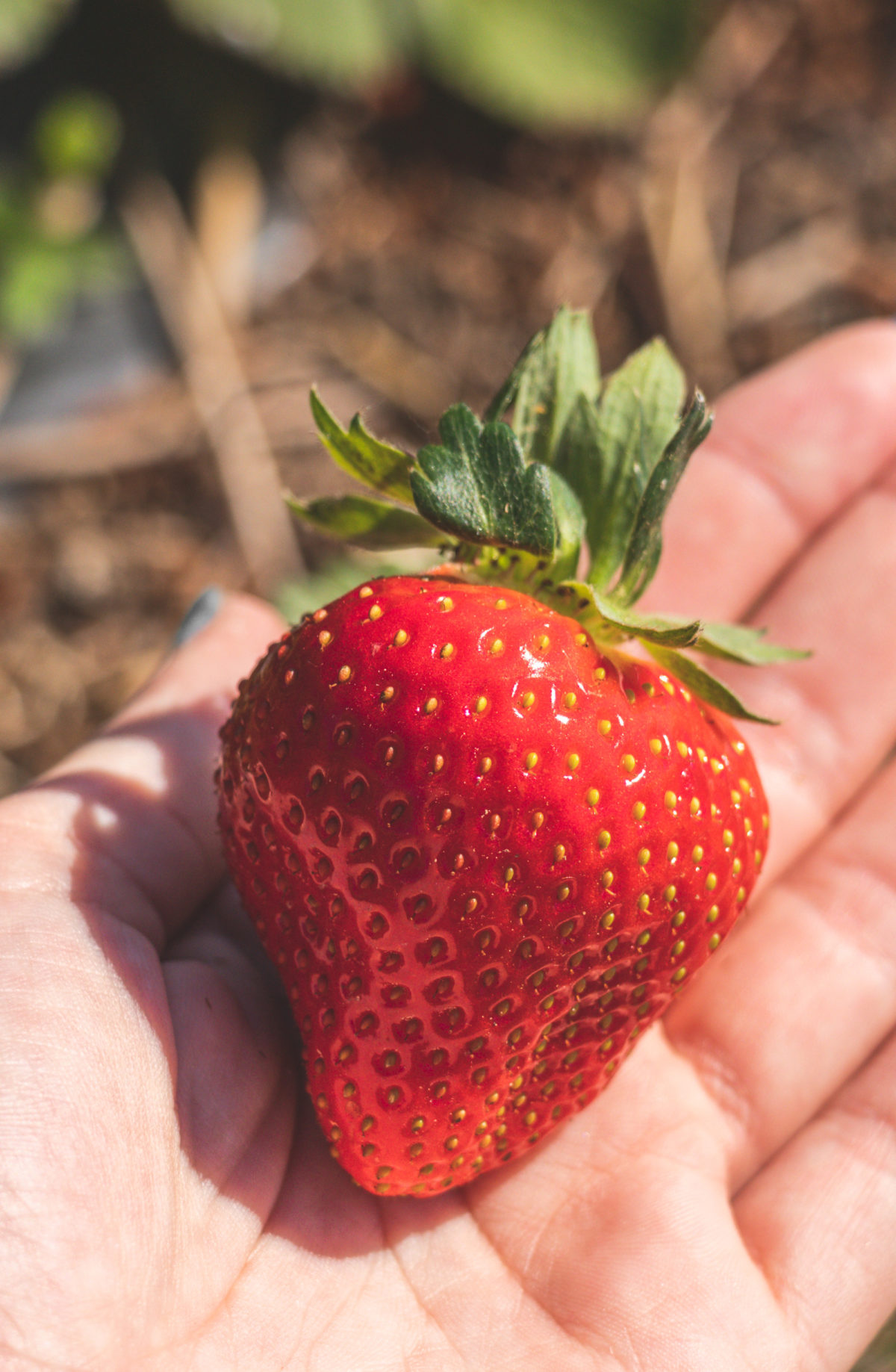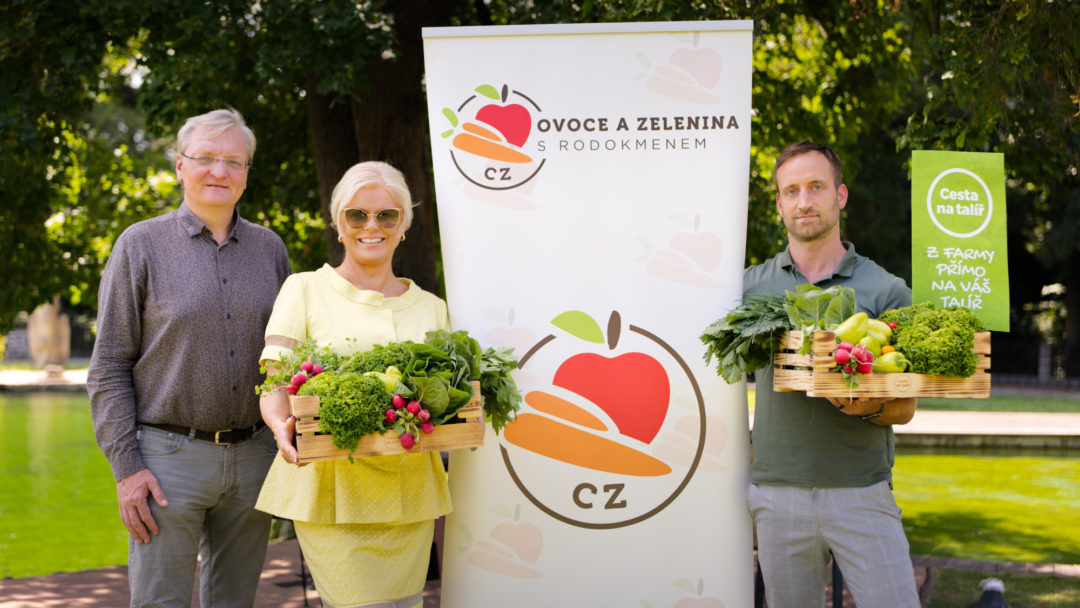Imagine buying strawberries in a supermarket during winter. They look beautiful, smell nice, but taste somewhat bland. No wonder, as they have traveled thousands of kilometers, often by air, from the other side of the world. They were harvested unripe to withstand transport and ripened artificially during storage. Their nutritional value is significantly lower compared to fresh, local strawberries. And the ecological footprint? Incredibly huge. It can easily be ten times larger, depending on the method of cultivation, packaging, type of transport, etc.
The same story repeats with many other foods. Tomatoes from Morocco, peas from Egypt, beans from Kenya… The global food trade allows us to consume any fruit and vegetable year-round, but at the cost of enormous fossil fuel consumption, greenhouse gas emissions, and loss of nutritional values during long storage and transport.

Lost Seasonality and Diversity
Our ancestors ate what was ripening in the garden or field. Their diet naturally changed with the seasons – the first vegetables in spring, fruits and fresh herbs in summer, root vegetables, legumes, and nuts in autumn, fermented vegetables and dried fruits in winter. Each season brought something different, and the body received a diverse range of nutrients over time.
Today, we have largely lost this natural diversity and seasonality. Supermarkets offer the same assortment all year round, regardless of the season. On one hand, it’s convenient, but on the other, it takes away the opportunity to expose our bodies to the natural fluctuation and alternation of different types of food depending on the season, even though the body is accustomed to life and conditions in our climate zone. It also doesn’t give us the space to perceive what is currently being harvested in our surroundings.

Local Farmers at Risk
The global food business, dominated by a few multinational corporations, is pushing small local farmers and producers out of the market. They cannot compete with the low prices at which large chains import food from halfway across the planet. Many local producers (including Czech ones) therefore prefer to quit the business, and with them, valuable know-how, local crop varieties, and traditional farming practices in harmony with the local landscape disappear.
Yet, small local farmers are the key to building a resilient and sustainable food system. Supporting them is an investment in higher quality, fresher, and more nutritious food, in revitalizing the countryside, in preserving biodiversity, and in reducing the ecological footprint of our diet.

The Path to a Solution
What can we do as consumers? Buy as much local and seasonal produce as possible. Be interested in where our food comes from and prefer food grown and processed in our region. Support farmers’ markets, grow our own fruits and vegetables if we have the opportunity.
Let’s try to tune back into the natural rhythm of the seasons. Include more seasonal foods in our diet at the time when they have their nutritional peak. Don’t be afraid of imperfectly shaped vegetables and fruits. They may not look like their uniform counterparts from supermarkets, but they often have much more interesting and intense flavors.

And most importantly – think about what we eat. Be aware of the broader context and impacts of our daily decisions at the fruit and vegetable aisle or in restaurants. Seasonal and local eating is not just a fad for urban hipsters or climate activists, but a path to a more diverse, healthier, and sustainable diet for us and the planet.








